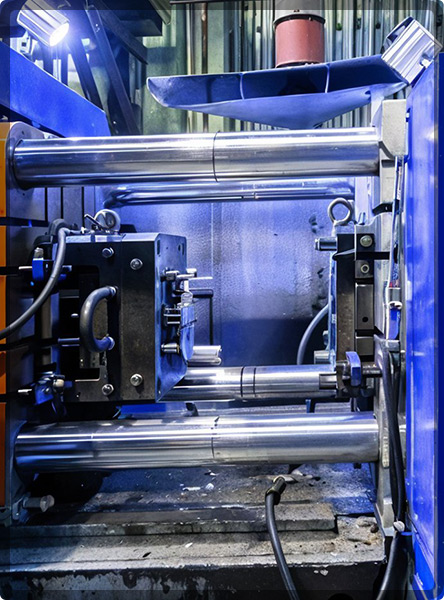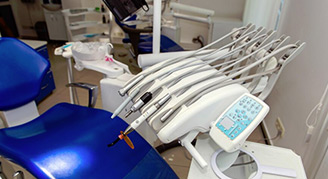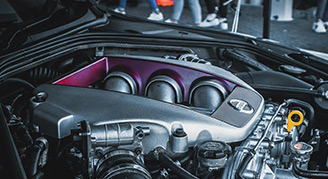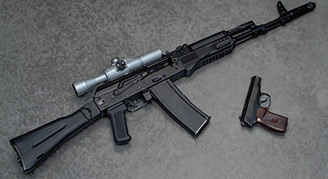Sculpting Metal at the Micro Level
Unlock intricate design possibilities with Vodash Engineering's advanced Metal Injection Molding (MIM) services. We transform powdered metals into complex, high-performance components with exceptional precision and repeatability. From medical devices to electronics and beyond, our MIM expertise delivers near-net shape parts with superior material integrity and cost-efficiency for volume production. Choose Vodash Engineering to miniaturize your innovations and elevate your product performance with the art and science of MIM.
Advantages

-
Complex Geometries: MIM excels at producing intricate shapes with features like undercuts, thin walls, and internal channels that are difficult or costly to achieve with traditional methods.
-
High-Volume Production: Once tooling is created, MIM is highly efficient for mass production of small, complex parts with consistent quality and tight tolerances.
-
Material Versatility: A wide range of metal alloys can be used in MIM, including stainless steels, tool steels, titanium alloys, and more, allowing for tailored material properties.
-
Superior Material Properties: MIM parts can achieve high densities (up to 98% of theoretical) and exhibit mechanical properties comparable to wrought materials, offering excellent strength, hardness, and corrosion resistance.
-
Cost-Effectiveness: For high volumes of complex parts, MIM can be more cost-effective than machining, investment casting, or other methods by reducing material waste, minimizing secondary operations, and automating production.
-
Near-Net Shape Manufacturing: MIM produces parts very close to their final dimensions, significantly reducing or eliminating the need for secondary machining, saving time and cost.
-
Excellent Surface Finish: MIM parts typically have a good surface finish, which can be further enhanced if required.
-
Material Efficiency: MIM minimizes material waste compared to subtractive manufacturing processes as the metal powder is precisely molded.





